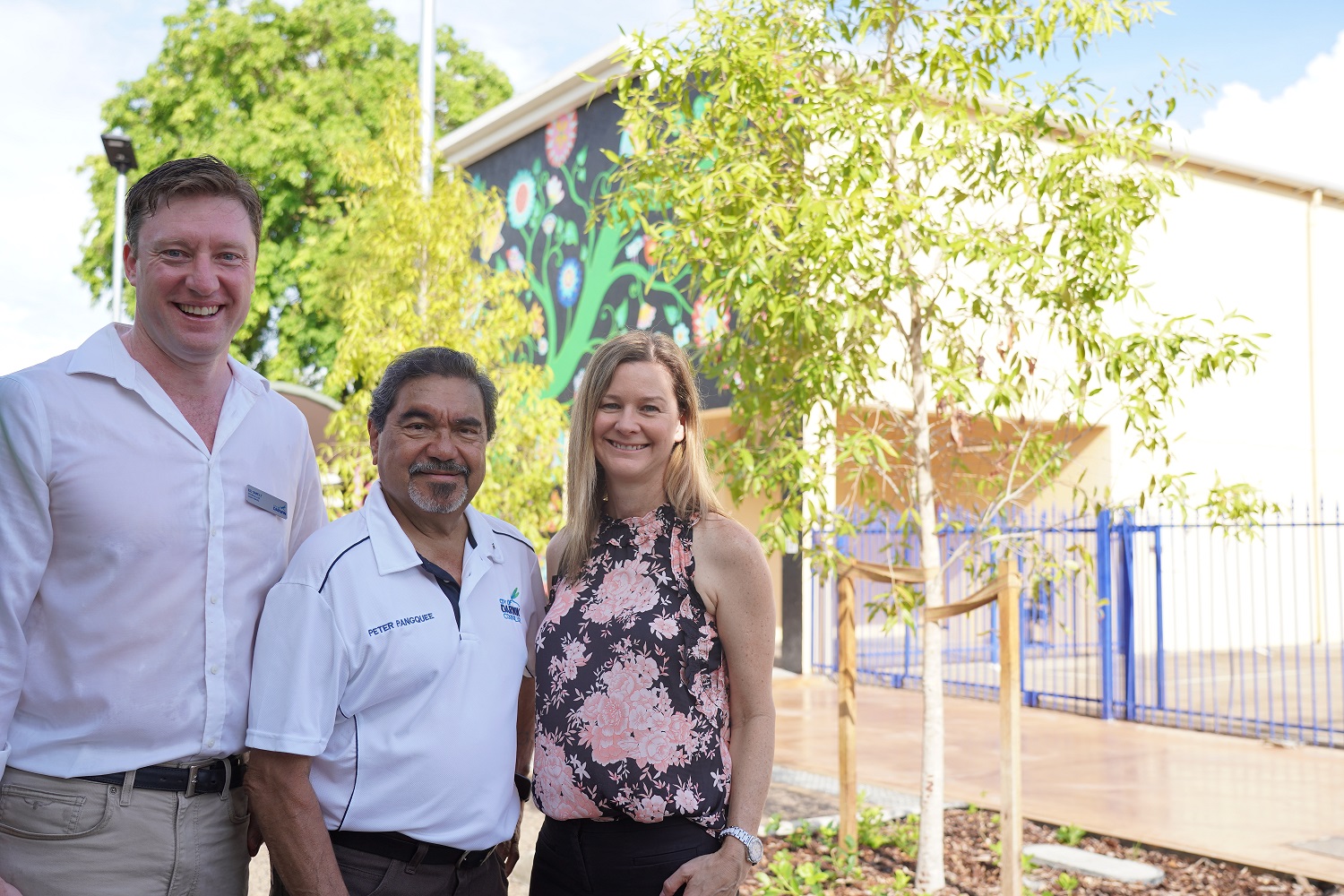In 2010, from Monash University’s Department of Neuroscience, led an international team researching the causes and outcomes of epilepsy patients in rural China.
A decade later the results indicate that at least one million Chinese people with epilepsy could be candidates for a standard operation that may leave them seizure-free.
The study, published in , incorporated 600 epilepsy patients from across four rural provinces in China from July 2010 and December 2012, with each participant undergoing an MRI and other tests looking for abnormalities in brain imaging. Of those, 108 were found to have lesions that could potentially be cured by surgery.
“In a best-case scenario, around 70 per cent to 80 per cent of them would be seizure-free – often after enduring seizures uncontrolled by medications for 20 years or more,” Professor Kwan said.
The participants were assessed by local primary care doctors trained by provincial neurologists in main hospitals to use a standardised questionnaire and take patient histories. The patients then travelled to provincial centres to have tests including MRIs and blood taken, for use in later research into genetic causes for epilepsy.
Professor Kwan said those patients identified as potential surgery candidates would need to undergo further tests including video-EEGs and neuropsychological assessments to ensure surgery would be effective, with the actual operation only taking three to four hours.
The same standard operation is carried out for suitable patients routinely around the world including Australia, UK and US.
“Extrapolating out the study results, potentially at least a million people could benefit from the operation – that’s a huge surgical treatment gap,” Professor Kwan said. “These findings are significant, highlighting the magnitude of the unmet needs for epilepsy surgery in China.
“Hopefully this information demonstrates a quantifiable need. By raising awareness we hope to influence policymakers to provide more resources in epilepsy care, including proper evaluation in specialist centres and proceeding to surgery if deemed appropriate.”
The multicentre study was conducted with international collaborators in London, Shanghai and Beijing, and was funded by the ³Ô¹ÏÍøÕ¾ Institutes of Health (US) and Chinese Ministry of Science and Technology.
The statistical analysis in the study was conducted by(joint first author) from Monash University’s Department of Neuroscience. Also instrumental in the study were; joint first author Dr Indran Davagnanam, Dr Chandrashekar Hoskote, Professor John Duncan and Professor Josemir (Ley) Sander from UCL, Dr Wenzhi Wang from Beijing Neurosurgical Institute, and Associate Professor Ding Ding from Shanghai’s Fudan University.
Professor Kwan is a medical specialist in neurology, an internationally recognised expert in epileptology and antiepileptic drug development, and is the head of the Comprehensive Epilepsy Program at the Alfred Hospital in Melbourne.








